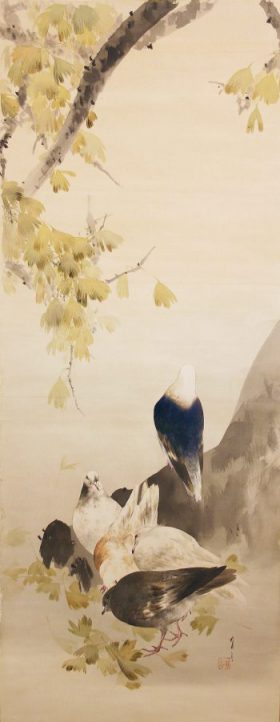02 Meditations
Buson, long poems…
… Mourning Hokuju Rosen
… so it’s not haiku, but long form poetry… i read the first one about someone loved departed… the poet grieves the absence, it is unclear whether the one loved will return, just that they left and went far away… then there is the friend who lives on the other side of the river…
… i do some research and discover that the poem is about the death of Hokuju Rosen and the great sadness it brings him… i am not able to find much about Hokuju Rosen, it seems he was a master Buson studied under… the last stanza of the poem…
By the image of Amida, I light no candle
and offer no flowers. I sit here alone,
my heart heavy, filled with gratitude.
… Amida, I learn, is Amida Nyorai, the Buddha of Limitless Light…
_ Amida Nyorai (Sanskrit: Amitabha Tathagata), the Buddha of Limitless Light, sits upon a lotus pedestal with his hands forming the mudra of meditation. Amida presides over his own paradise, the Western Pure Land, to which he welcomes any being who calls upon his name. His benevolent gaze, directed toward the viewer below, is symbolic of this boundless compassion. The Pure Land sects of Buddhism, with their emphasis on salvation through faith, stirred the imagination of both courtiers and commoners alike, and temples dedicated to Amida were constructed throughout Japan. Originally installed at a temple in the vicinity of Mount Kōya, this sculpture and the Dainichi Nyorai on the central altar were both acquired by the Museum through negotiations with Yamanaka & Co., the pioneering dealers in Japanese art._

Public Domain photograph, via The Met, Fifth Avenue, NY
… i love the idea of a heavy heart filled with gratitude… contradictory feelings… Buson is sad to loose his teacher, but feels gratitude for his presence in his life…




